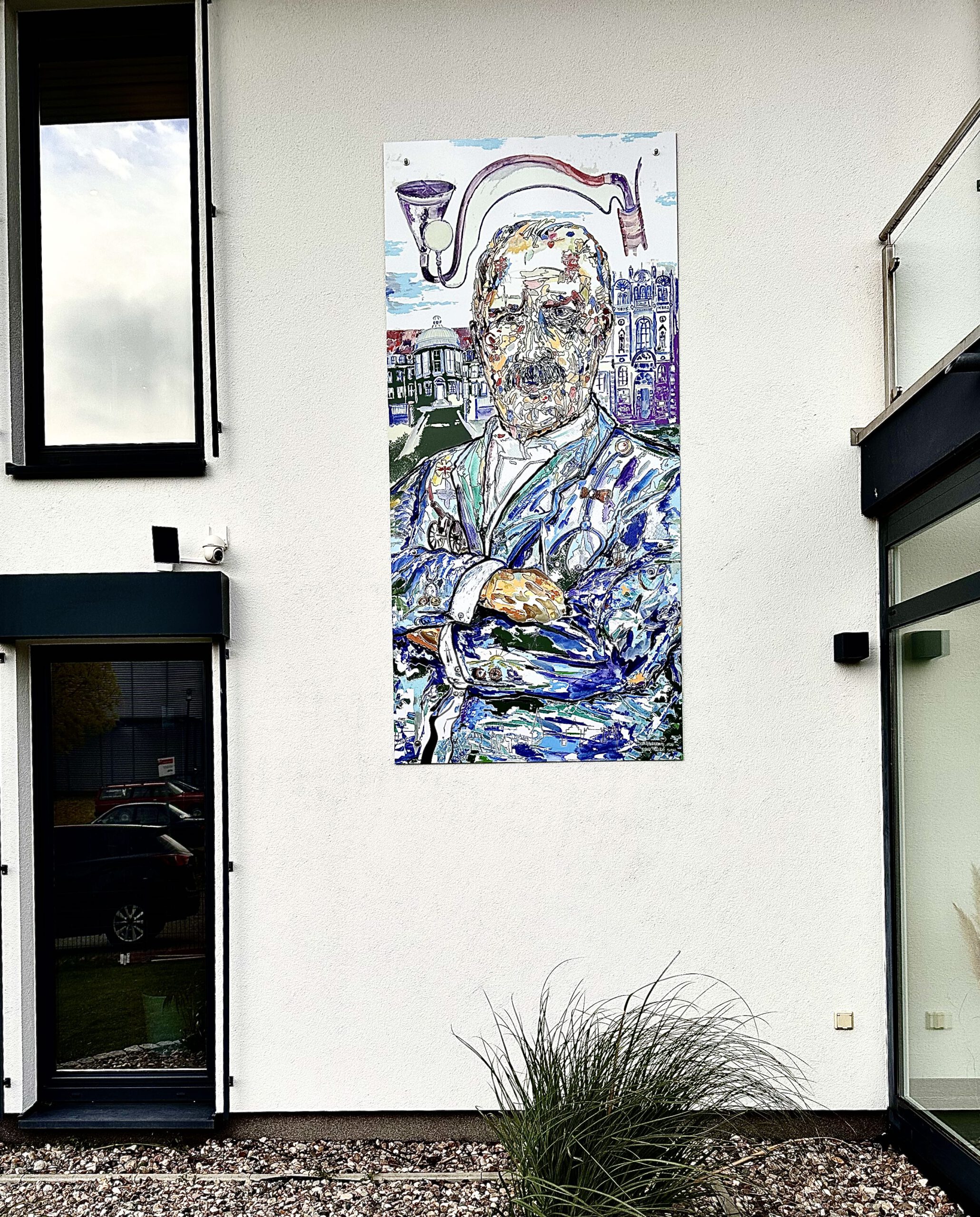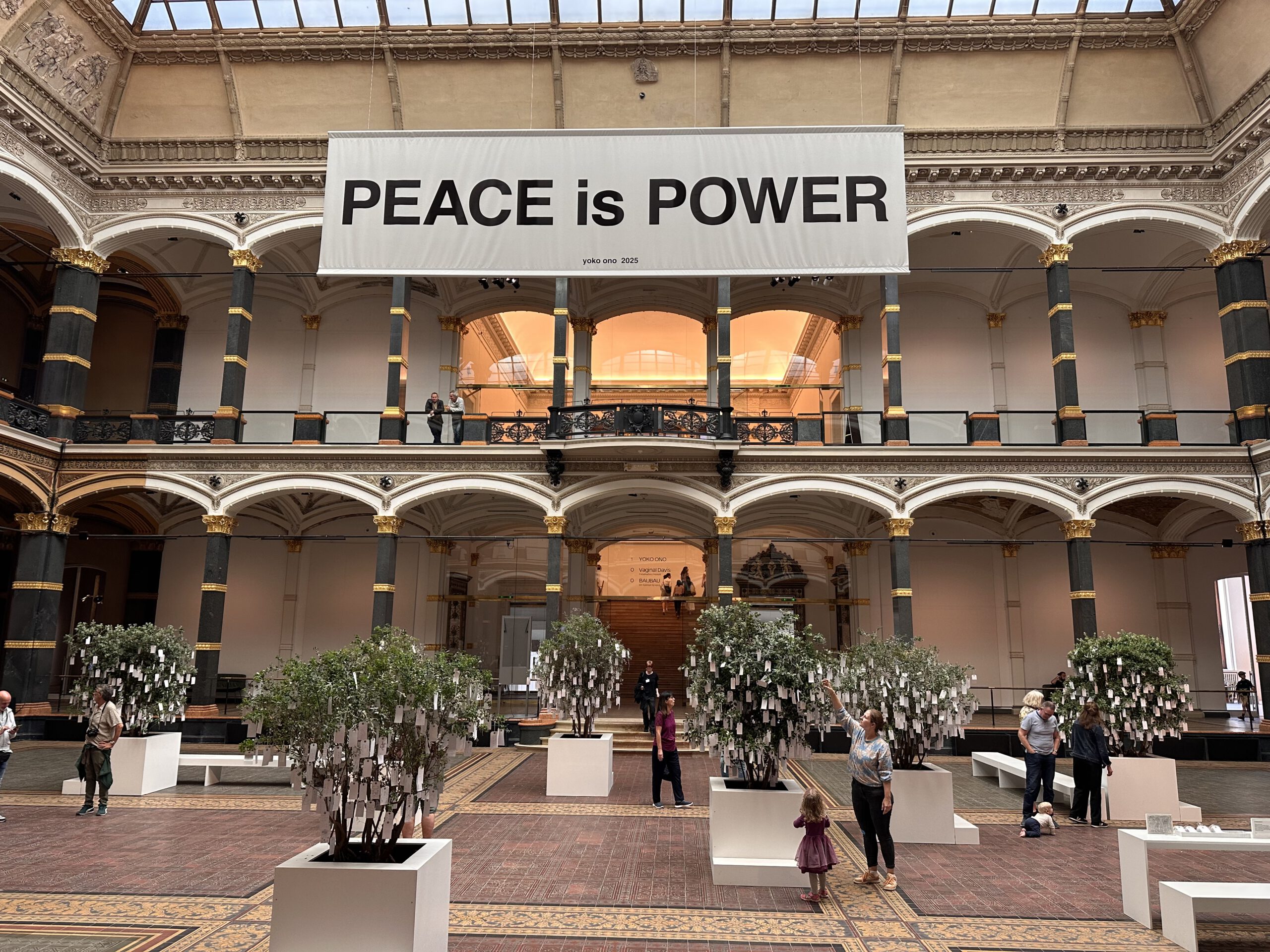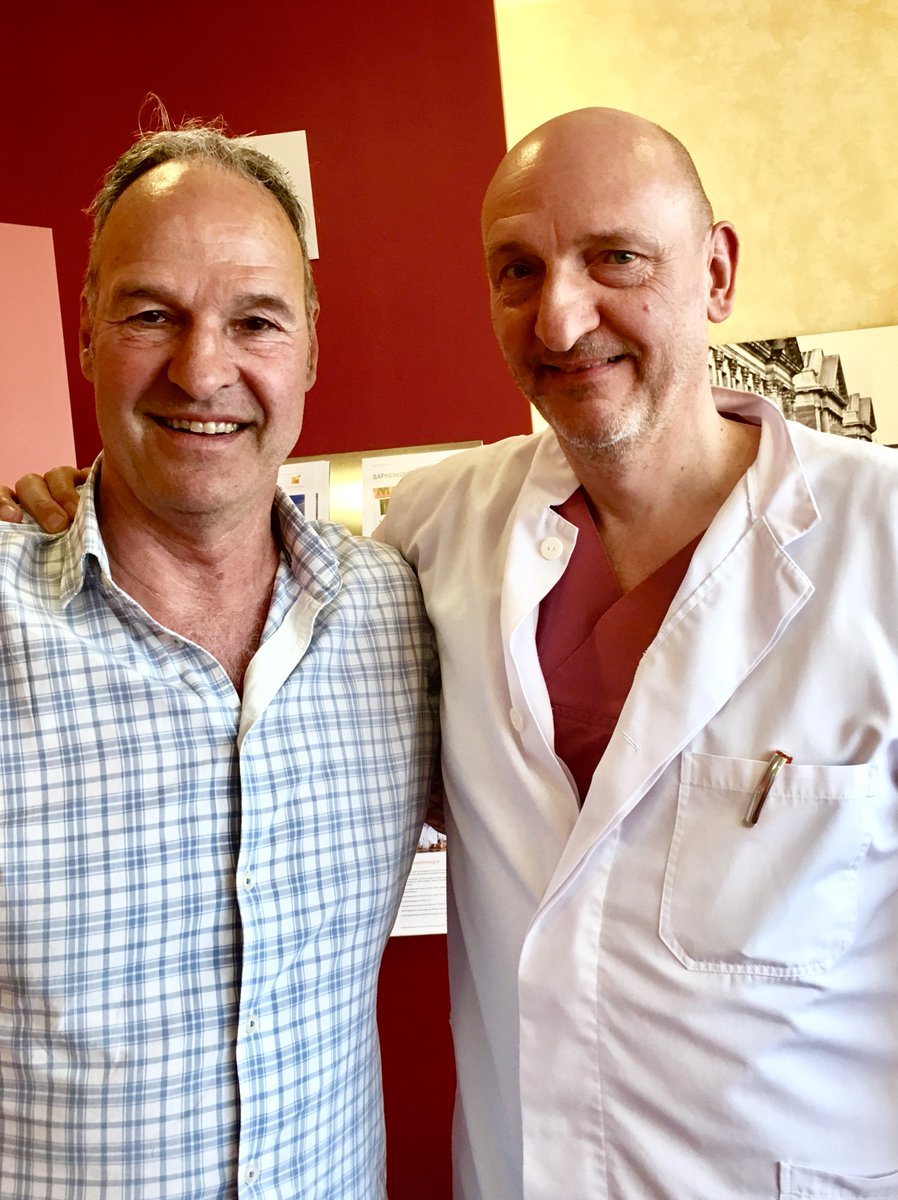Saphenion®: Nebenwirkungen beim Krampfaderziehen?
Saphenion®: Nebenwirkungen beim Krampfaderziehen – In historischen Lehrbüchern geblättert, liest man ganz überrascht: “ Fast überall ist die operative Behandlung der Krampfadern ganz oder nahezu völlig verlassen…“. Und weiter heisst es: “ …die endovenösen Verfahren leisten Vollkommeneres…Obgleich viel tüchtige und intelligente chirurgische Arbeit in den verschiedenen Verfahren steckt, haben die meisten nur noch historisches Interesse…“ ! Diese Zeilen stammen aus der 7. Auflage der „Chirurgischen Operationslehre“ von Bier, Braun, Kümmell von 1958.
Umso überraschter reibt man sich die Augen, wenn man sich die aktuellen Statistiken der in Deutschland durchgeführten Krampfaderoperationen anschaut. Mehr als 60% aller Krampfader – Operationen werden als radikale Stripping-Op`s durchgeführt! Warum diese permanent andauernde Radikalität?





